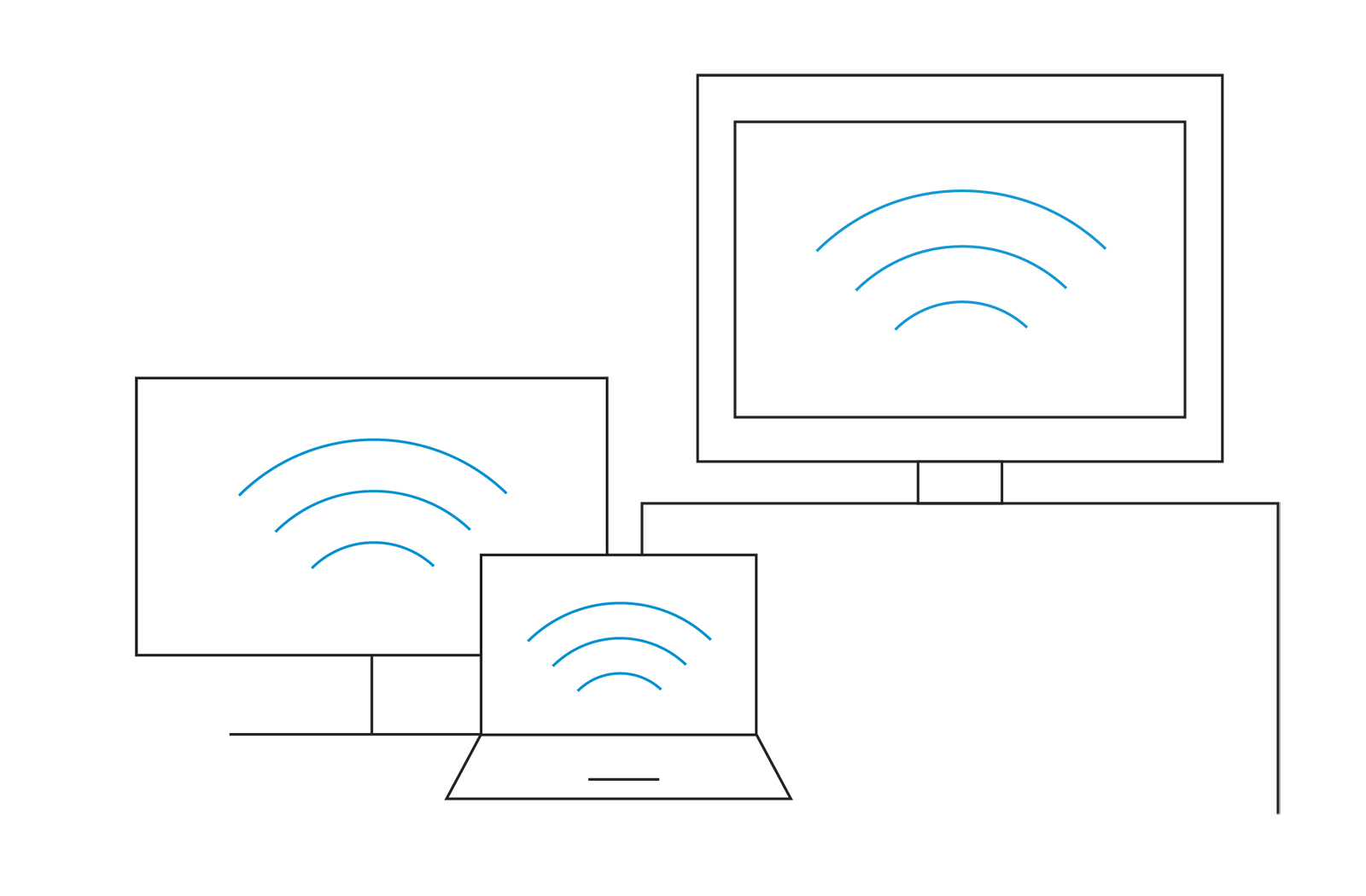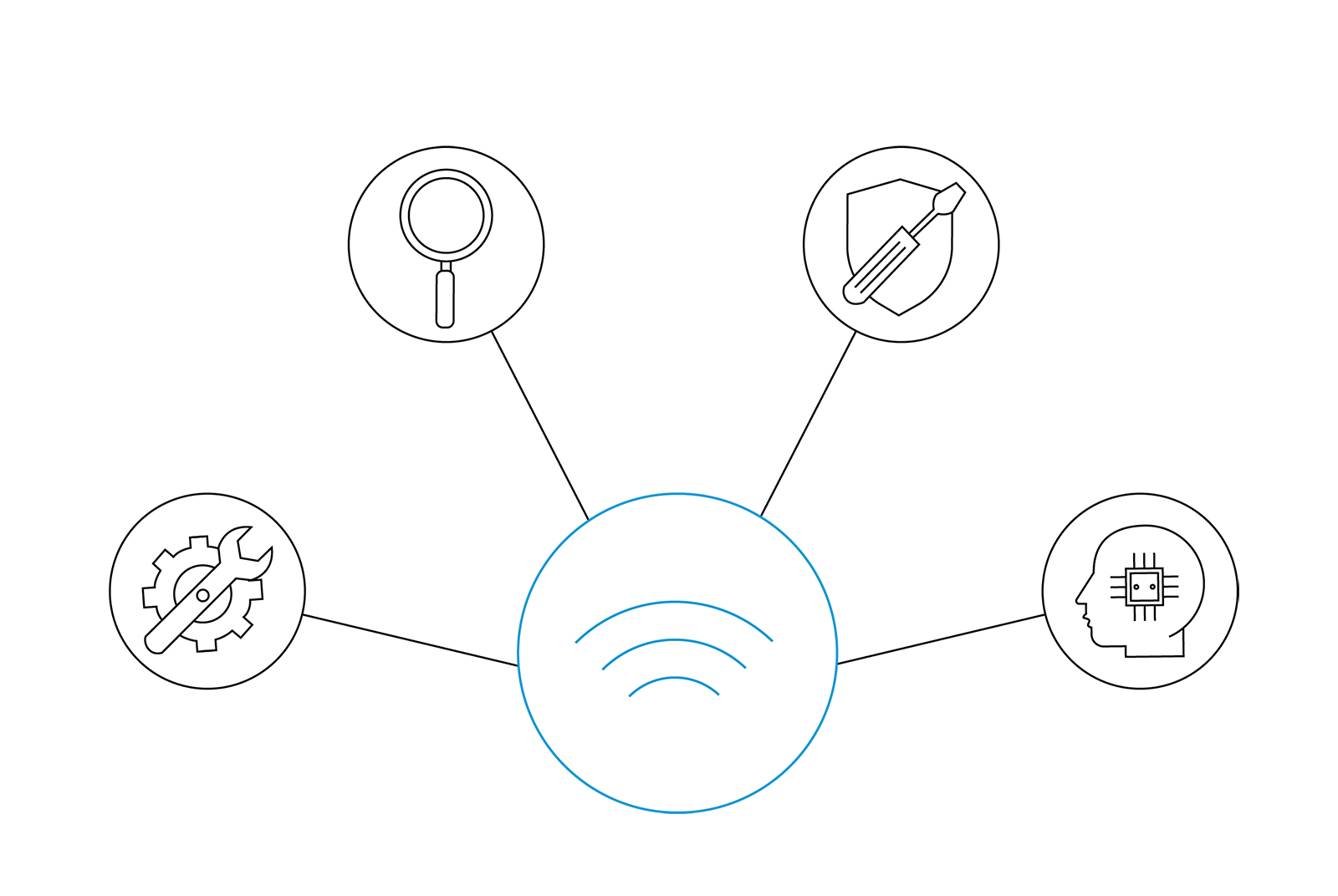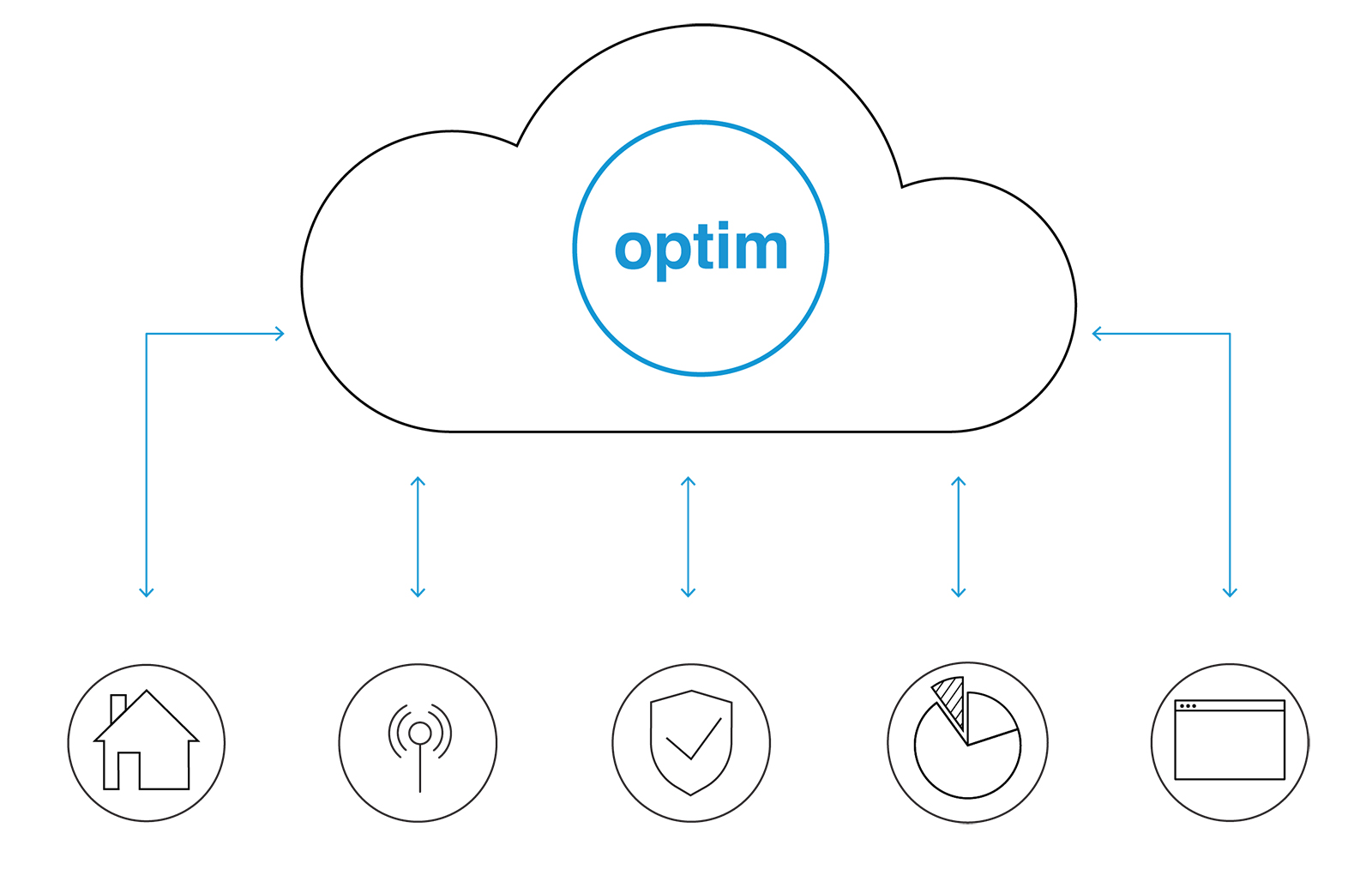With the arrival of WiFi 6, the technology industry is buzzing with enhancements, performance improvements and even more IoT devices. The current state of WiFi technology reflects the growing needs of consumers. The growing number of WiFi dependent devices has challenged industry service providers to develop better user experiences with each evolution of WiFi.

The Evolution Revolution of WiFi
The last 20 years of WiFi has centered on increasing capacity, extending network range, and reducing power consumption to meet the needs of the consumer. WiFi 6 represents the next era of WiFi. The 802.11ax standard was designed to increase the capacity and efficiency of WiFi networking, as well as improve speeds and other key performance elements.
In addition to technology advancements in WiFi, service providers have also spent years improving their broadband performance and reliability. While it’s now common for households to have a 100 Mbps connection in the home, the improvements in wireless Internet have also revealed weaknesses in WiFi. In fact, WiFi issues are among the biggest causes for customer complaints. This, in part, is due to the growing number of connected devices in households. The large number of devices demanding WiFi is a strain on the home network. Adapting to the revolution of WiFi is a challenge for both service providers and subscribers alike. On the subscriber side, the minute details of what WiFi entails are often lost on the average customer. Ultimately, subscribers just want their WiFi to work and don’t need or want to know how it works. On the other hand, service providers have to balance implementing new WiFi offerings while also being able to support their subscribers to meet the ultimate goal: fast and functional WiFi without a hassle.

Meeting Subscriber Performance Needs
With service providers and subscribers sharing a common goal, the solution should also be shared. Service providers need a solution that can be applied as WiFi needs and technology continues to change, while subscribers need a tool that seamlessly transitions them from one evolution of WiFi to the next. The best, most versatile solution is managed WiFi. Managed WiFi is a service offered by carriers that includes whole home WiFi management tools, deep dive analytics, artificial intelligence and machine learning capabilities, and advanced security tools. When implemented as a value-added service, managed WiFi can improve customer satisfaction and provide key data insights into customer habits for a more personalized approach to services.

A Deep Dive into Optim Managed WiFi
Advancements in WiFi technology come with challenges. Managed WiFi services like Optim are designed to smooth over the transition, allowing service providers to enhance their offerings to their subscribers. Optim managed WiFi includes the following customer facing features:
Intuitive Self-Service Dashboard – From Optim’s dashboard, subscribers can manage their home network and resolve basic WiFi issues themselves. Subscribers can review their WiFi network health and see device performance in real time to address performance issues.
Smart Band Steering Technology – Device performance is largely based on the band the device is connected to. Often, customers will connect their device to the 5 GHz band, assuming that it’s better than 2.4 GHz. While some devices perform better when connected to 5 GHz, others are better suited to use the 2.4 GHz band. Optim features SmartSteering technology that automatically directs each device to the appropriate band for optimal performance. Automatic band steering is essential as WiFi technology develops. WiFi 6 introduced an additional 6 GHz band, further complicating WiFi broadband. Carriers have reported a 20% drop in support calls in households where smart band steering technology is in use.
Remote Troubleshooting – WiFi is complex. Sometimes even the most tech savvy customers have questions and need to reach out to their service providers for solutions. With Optim’s remote troubleshooting feature, subscribers can share real-time network information to support technicians remotely for a prompt diagnosis and solution. This can prevent the hassle of scheduling a home visit and delaying resolutions. With this feature, service providers can also reduce customer service costs by avoiding expensive truck rolls and building customer retention.
Advanced Security Protection – Optim’s advanced security tools are powered by F-Secure, cyber security experts. With Optim, subscribers can feel secure knowing that they’re protected from harmful web pages, hacking, spyware, phishing and other threats that can weaken their WiFi network.
Advanced Analytic Tools – Service providers that use Optim have the opportunity to better understand their service quality across the network with the help of advanced analytics. Real-time and historic network data can help providers improve service quality, visualize trends and proactively identify potential issues before they impact the subscriber. As WiFi technology develops, the insights from big data analytics are crucial for a smooth implementation and transition period.
Hands on data management and proactive problem solving can make the WiFi revolution easier for subscribers and for service providers. With managed WiFi, service providers can provide their subscribers with a superior WiFi networking experience, building customer loyalty and creating value added services in the process. Optim’s role in the WiFi revolution is to provide subscribers and providers with the intelligence and technical tools for the best possible WiFi experience. With proper network management, transitioning to new WiFi technologies can be painless and seamless.
Want more? Stay in-the-know on the impacts of WiFi 6 and other changes in WiFi networking by following the Actiontec blog. OptimTM Managed WiFi solution is available through reputable Service Providers.
